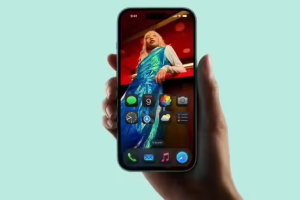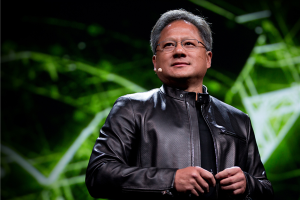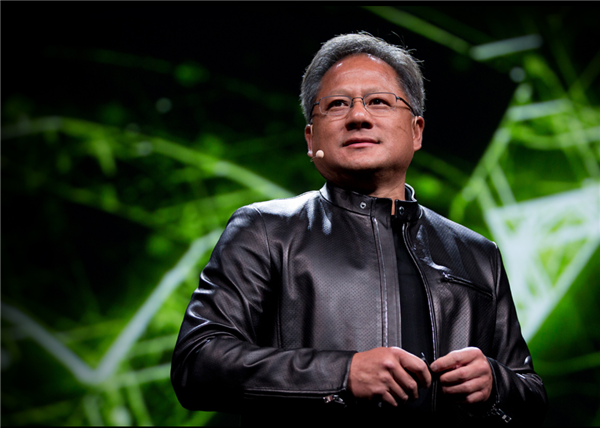April 23, 2025 – Bloomberg today reported significant shakeups within Apple’s Siri development team, as the newly appointed engineering lead, Mike Rockwell, implements sweeping changes to revitalize the voice assistant.
Sources familiar with the matter reveal that Rockwell has recruited key players from the Vision Pro software team to replace much of Siri’s existing leadership. Among these hires is Ranjit Desai, who now oversees Siri’s core engineering, including the foundational platforms and systems groups. Desai, a long – time lieutenant of Rockwell, was instrumental in the Vision Pro’s development.
Rockwell has highlighted to his staff that Desai’s expertise in “high – performance, low – latency systems” will be a game – changer for Siri’s performance.
In addition to Desai’s appointment, Olivier Gutknecht has taken the reins of the user experience team, while Nate Begeman and Tom Duffy are now in charge of the underlying architecture. The goal is to create “world – class and scalable” technology.
Technical stagnation prompts urgent reforms
Since its launch in 2011, Siri has been a cornerstone of Apple’s voice – assistant offerings. However, it has fallen significantly behind competitors like Alphabet Inc.’s Google and OpenAI in terms of technological advancements. Siri’s struggles also mirror Apple’s challenges in establishing a strong foothold in the rapidly evolving artificial intelligence landscape.

Recent project delays and engineering issues have compelled CEO Tim Cook to bring in fresh leadership. Last month, Rockwell assumed control of Siri’s engineering, taking over some responsibilities from AI chief John Giannandrea and former Siri head Robby Walker.
This restructuring also touches on critical areas such as data, training, and voice components, with Rockwell either reassigning or demoting existing managers.
Technology overhaul: A promising yet arduous journey
Apple is actively addressing Siri’s architectural shortcomings. Currently, Siri operates on a “dual – brain” system: one handles traditional commands, like setting timers, and the other relies on a large language model (LLM) for more complex tasks. However, the two systems struggle to work efficiently in tandem, leading to frequent quality issues.
Apple aims to consolidate the architecture into a single LLM system to enable a more natural conversational interface. Yet, this upgrade is expected to take several years. Meanwhile, the rollout of a new feature called App Intents has been indefinitely postponed due to quality concerns.
Apple is collaborating with third – party developers to ensure seamless integration of this feature and plans to allow Siri to perform complex tasks, such as finding, editing, and sending photos, with a single voice command.












